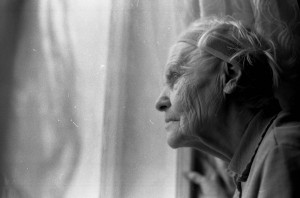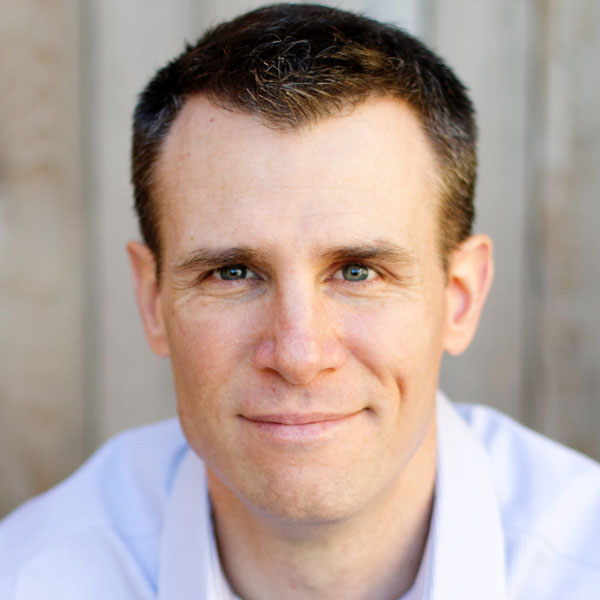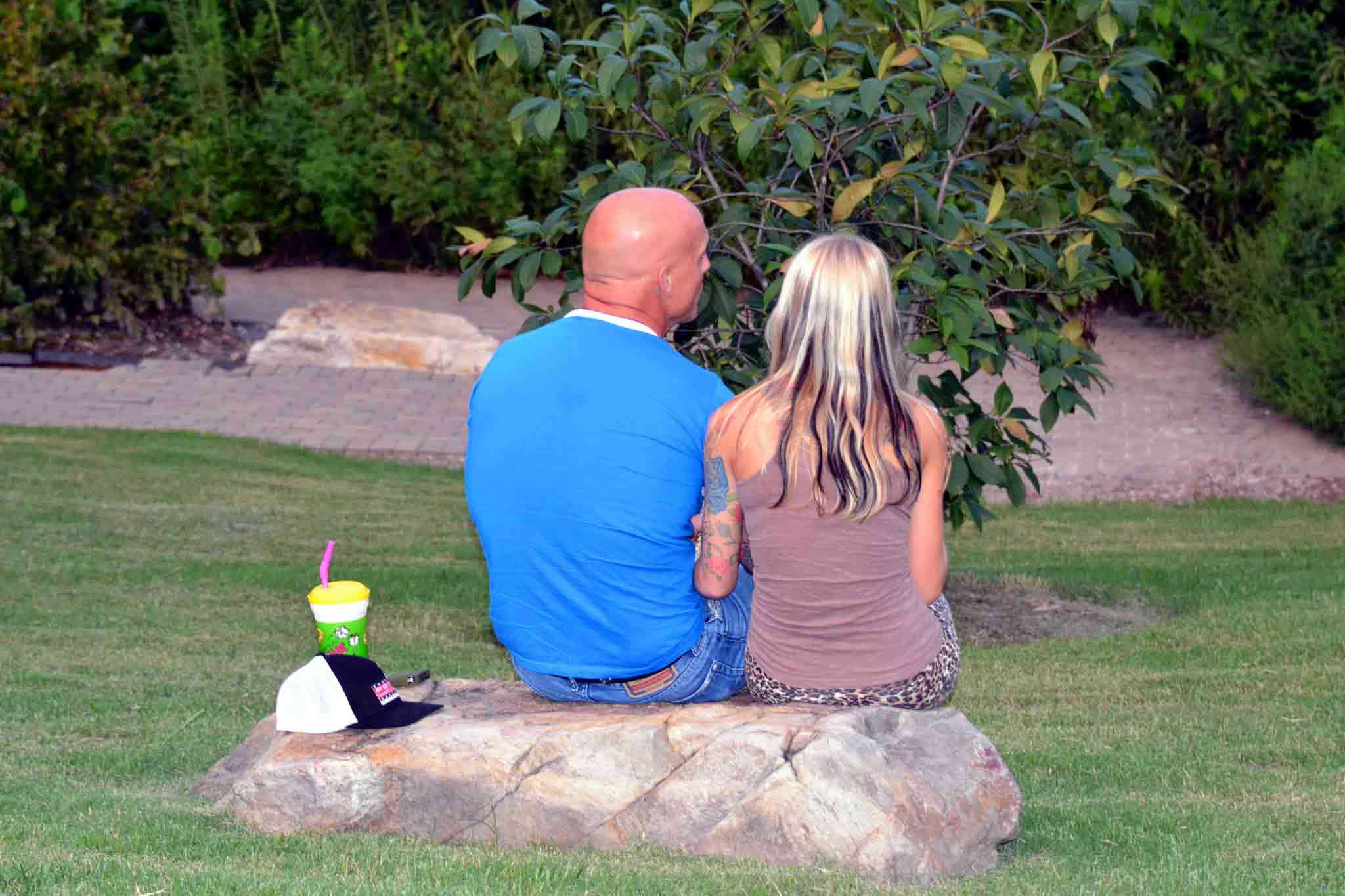Endings and Leavings | Part 8 of a 9-part series on the deeper Self that awakens in laboring through grief, living through loss, and embracing endings as the seedbed of new beginnings.
Do not go gentle into that good night … rage, rage against the dying of the light. (poet Dylan Thomas)
 My wife’s voice, shrouded by muffled sobs, was barely audible on the phone. She did not want our daughter to overhear the shocking news. Not yet.
My wife’s voice, shrouded by muffled sobs, was barely audible on the phone. She did not want our daughter to overhear the shocking news. Not yet.
The staff at Chloe’s school had called just a minute ago: her kindergarten teacher had died suddenly in his home. (From complications related to a seizure, we later learned.)
Chloe’s beloved teacher, Mr. Heaton? Dead? The words rolled like a mudslide down the mind, gathering speed and refusing to stick.
And this was my adult mind. How would our 6-year-old brave her world upending, just as it was beginning? This kid who’d found a hero during her transition to a new city, new house, new school.
The next day, we knew, Chloe would enter that classroom and fall headlong into a void. Mr. Heaton’s energy and his teddy-bear presence would show up in the abyss of his absence. From this, we could not protect her. Except to maybe soften the landing.
If it’s true that “everything you need to know” is learned in kindergarten, then love and loss were right on time.
Grief on the Clock
We live in a culture indoctrinated with the grief schedule. Our fear of getting stuck in or swallowed by grief is so consuming that we seek to control it. The sad irony is that our resistance often leaves us mired in the quicksand of unresolved grief.
Society tends to value grief less as a vital human experience in and of itself, and more as a means to an end – as a time-table or tool for getting over an inconvenient “ending” as efficiently as possible.
In the 1970s, an entire “grief counseling” industry emerged to help modernize and package the grief process. People were mechanically guided through a series of grief “stages” to help them “let go” and move on with life.
The basic “DABDA” stages – denial, anger, bargaining, depression, acceptance – were dubiously adapted from the groundbreaking work of Swiss psychiatrist Elisabeth Kubler-Ross and her 1969 book, On Death and Dying. Others eventually added an initial shock/disbelief step, as well as guilt or testing, into various 7-stage models.
 The Quality of Death
The Quality of Death
Kubler-Ross wasn’t attempting to study grief, much less program it. Rather, her interviews with terminally ill patients sought to humanize the dying and bereavement process, which the doctors of her day were too ashamed to touch. Death was, in essence, a narcissistic wound, the obscured crack in the medical profession’s armor of invincibility as it advanced against aging and illness.
Psychologically, the deeper meaning and quality of life was reduced to quantitatively prolonging it – in conquering death as an enemy. Dying was a feared affront to progress and understanding; doctors preferred to focus on helping the living who had a chance at “successful” recovery.
While many hospitals and hospice programs today are committed to more holistic end-of-life care, there persists a cultural bias that minimizes or pathologizes the process of grieving death and loss.
Kubler-Ross found that doctors, nurses, teachers, clergy – sometimes even family – didn’t have the courage to listen to the dying as they came to terms with life’s ending. They were a forgotten and discarded population, essentially because the loved ones and medical professionals were ill-equipped to listen to their own avoidant anxiety about endings and mortality.
The Circular “Stage Theory”
Kubler-Ross’s work was heralded and widely disseminated – but also critiqued by academia and simplistically caricatured by grief counselors. The problem, again, was that people weren’t listening.
She had clearly stated that her “stage theory” was not intended as a research study. Nor was it a textbook on counseling strategy or the psychology of grief. It was simply a reflection on the emotional reactions of the dying, which used “stages” as artificial categories for delineating and describing her observations.
Kubler-Ross later expanded these “stages” to include people experiencing many different types of loss. However, she repeatedly reminded people that the stages often do not (and should not) follow a formulaic or linear timeline. Grievers are prone to skip stages, to become stuck in one, to cycle back and forth through several, or to experience the stages as overlapping or occurring simultaneously.
In other words, grief affects everyone – and no two people the same.
 The Blurred Colors of Grief
The Blurred Colors of Grief
Hours after learning about the death of Chloe’s kindergarten teacher, we gathered around the table as a family to share the news with her. Within seconds, her response careened from shock to bargaining to angry tears. Then, back to bargaining and sullen or desperate despair. Followed by flare-ups of anger, buoyant denial, and guilt-ridden acceptance. Often her emotions colored outside the lines and ran together.
Developmentally, a 6-year-old has limited capacity to understand the universality and finality of death. In Chloe’s mind, Mr. Heaton soon would come back to life like movie characters she knew.
Eventually, she progressed to feeling deep hurt that Mr. Heaton did not say good-bye. And she was upset that Mom and Dad didn’t arrange this farewell. All of which subtly communicated her anxiety about the world being a big and chaotic place that was beyond her control.
Chloe needed reassurance that she did nothing to cause his death; that the circumstances were abnormal; that Mom and Dad would still be here tomorrow.
Grief and the Changing Nature of Relationship: Gone, and Ongoing
Most importantly, Chloe needed to grieve at her own pace, in her own way. She needed us to bless her grief – by not robbing her of her anger and other difficult emotions. (The only limit we set was on shoving her bewildered younger sister, whom Chloe had expected to match her grief intensity.)
We made supportive space for Chloe to make sense of her fears and to experience her grief – physically acting it out through play, artwork, shared stories, hand-written letters and carefully crafted cards.
In the end, it wasn’t about “letting go,” but instead, forming a different relationship with her teacher. Their bond was now internalized – honoring his memory, and remembering the ways he impacted her. Over time, Chloe has embraced the reality that Mr. Heaton is gone, and yet aspects of him go on living with her.
Endings and beginnings, woven together.
Moderating the 7 Stages of Grief: Finding Your Grief Pathway
The grief process is not so different for adults; we all need space to sit with and “play” out our grief and to share it with others. While grieving is a universal human experience, people are meant to creatively embody their own style of grieving – without getting hung up on “stages.”
I am reminded of a client who, while healing from the painful breakup of a relationship, is considering how to choreograph her grief through dance – as a fan of hip-hop music.
The ninth and final part of this series describes the varied types of grief and loss, as well as the different grief “pathways” a person may choose.
In Chloe’s case, she was confronted by both “concrete” and “symbolic” loss, which was complicated by aspects of “first loss” and “tragic loss.” Her grief pathway was predominantly “intuitive” (emotional), but at times reflected a “blended grief” with “instrumental” (physical and cognitive) features.
Christian Counseling and the Wholeness of Loss
Professional Christian counseling sees grief as an active, formational movement that changes a person from the inside out. There’s no pretending that life will ever be the same, and no promise that the emptiness will be filled. And yet, grief’s space need not be occupied by a black-hole energy.
The new dreams pursued in the wake of a love lost or tragedy endured are often dreams that the previous version of the Self didn’t have the capacity to imagine.
A startling paradox emerges: that of people becoming more wholly and fully themselves through the loss that has taken up residence within – but without emotionally ransacking the home.
Kubler-Ross, Elisabeth. On Death and Dying. New York: Macmillan, 1969.






